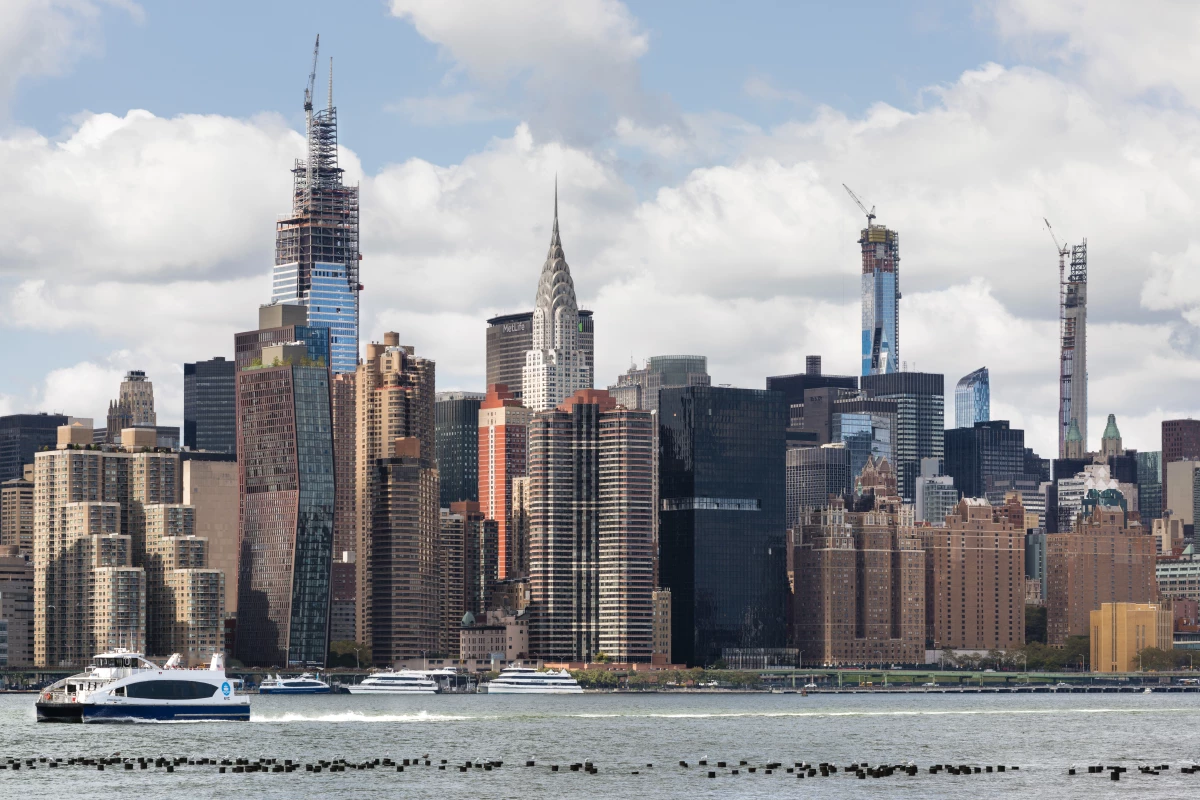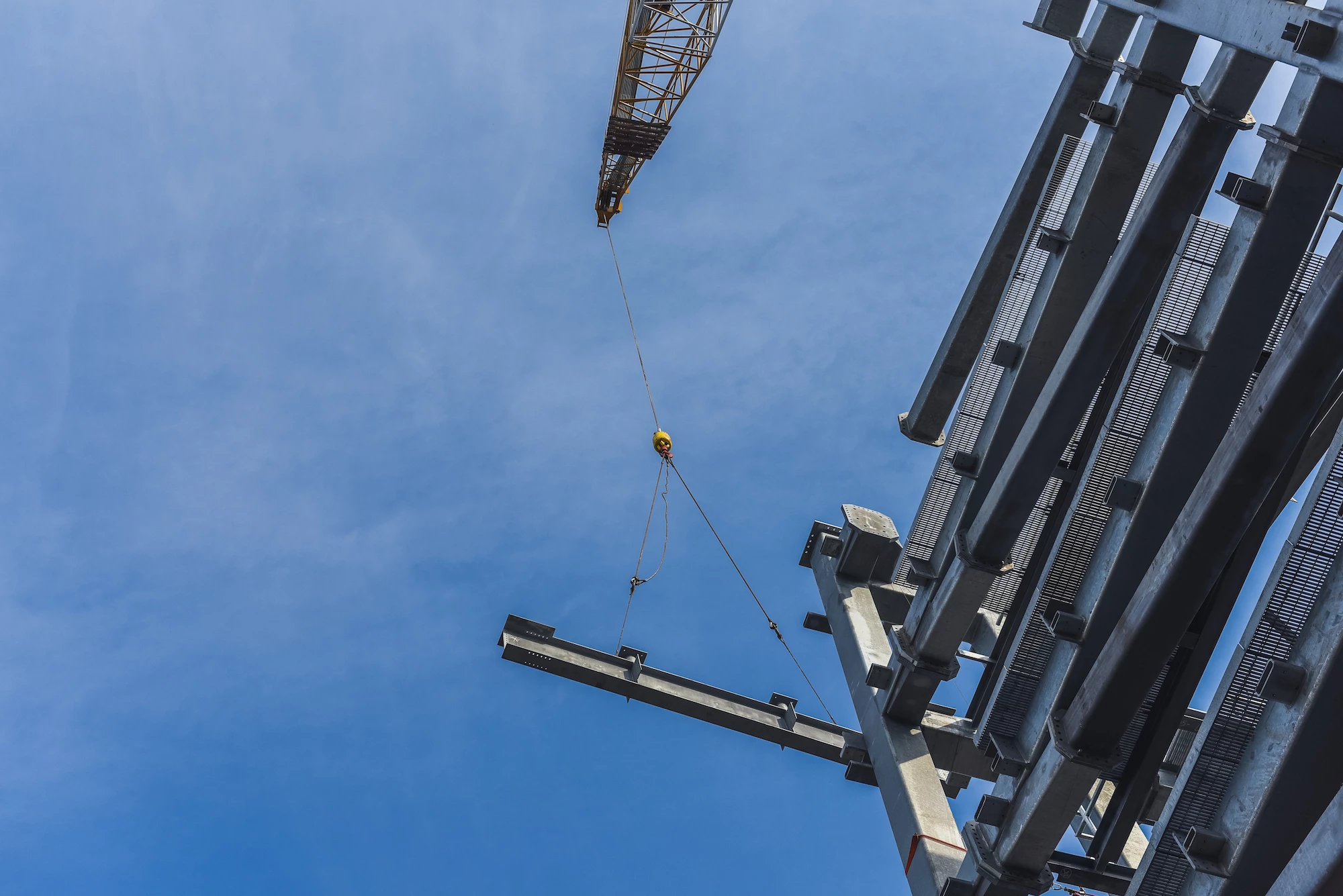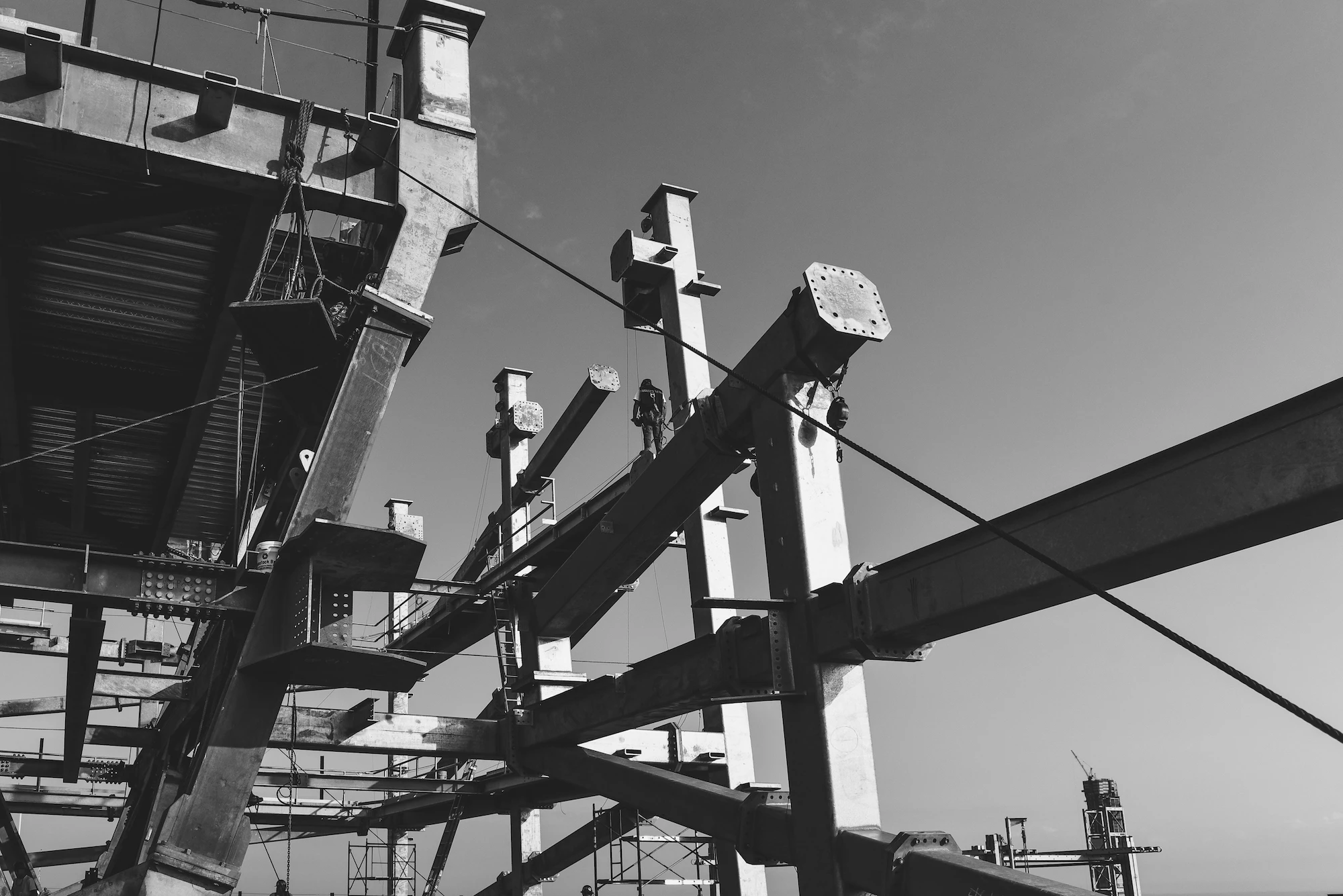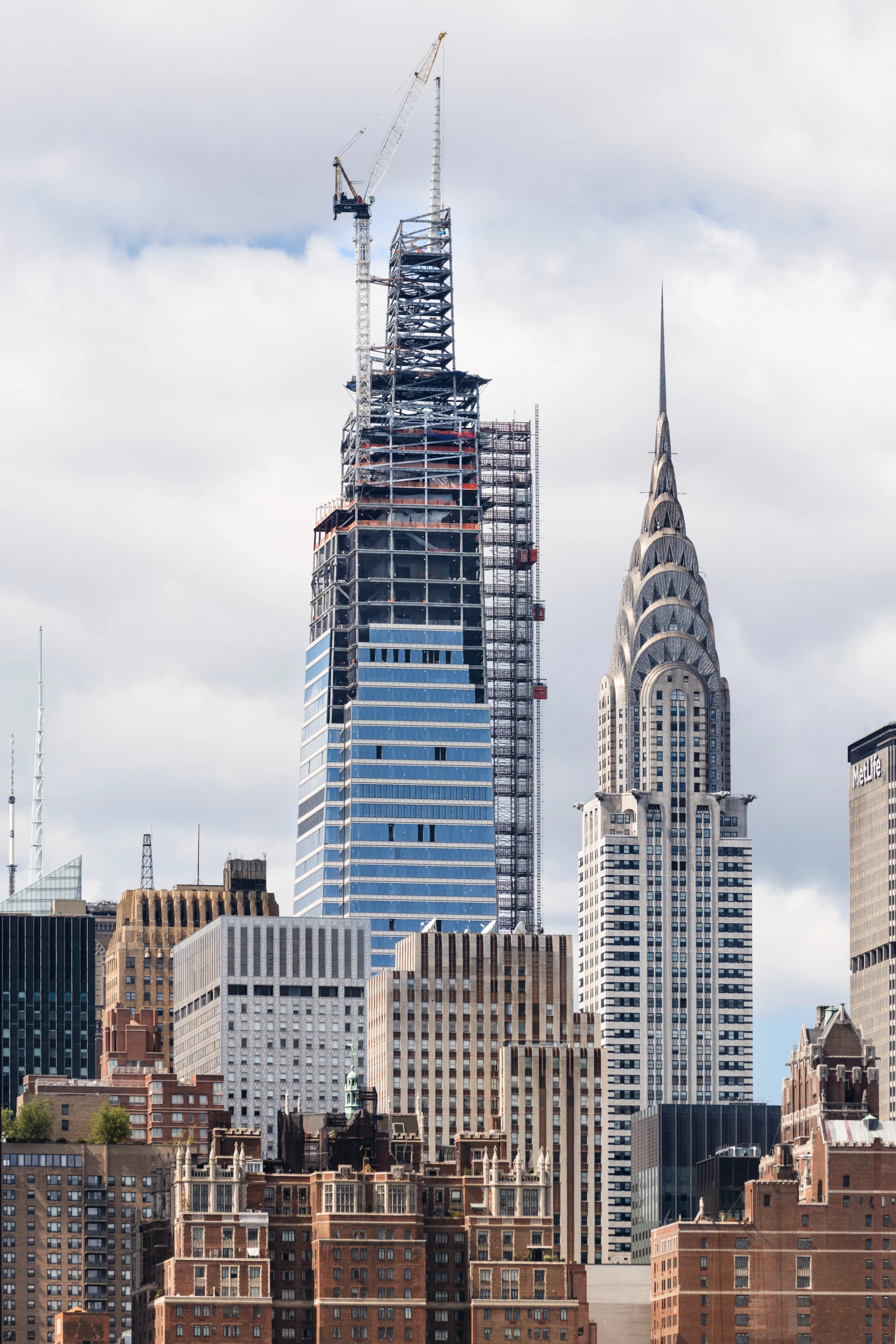Kohn Pedersen Fox Associates (KPF) certainly knows a thing or two about skyscraper design, being responsible for four of the current world's top 10 tallest buildings. The firm's eye-catching One Vanderbilt skyscraper is now nearing completion and has reached its maximum height of 1,401 ft (427 m).
First unveiled back in 2016, One Vanderbilt is among the tallest buildings in the United States, though doesn't quite reach the heights of the Central Park Tower and the One World Trade Center, for example.
Its overall form is meant to complement the nearby Chrysler and Empire State Buildings, and consists of four interlocking volumes that taper toward a spire. The building is glazed and sports terracotta detailing that's intended to pay homage to the nearby Grand Central Station's famous Guastavino tiling.
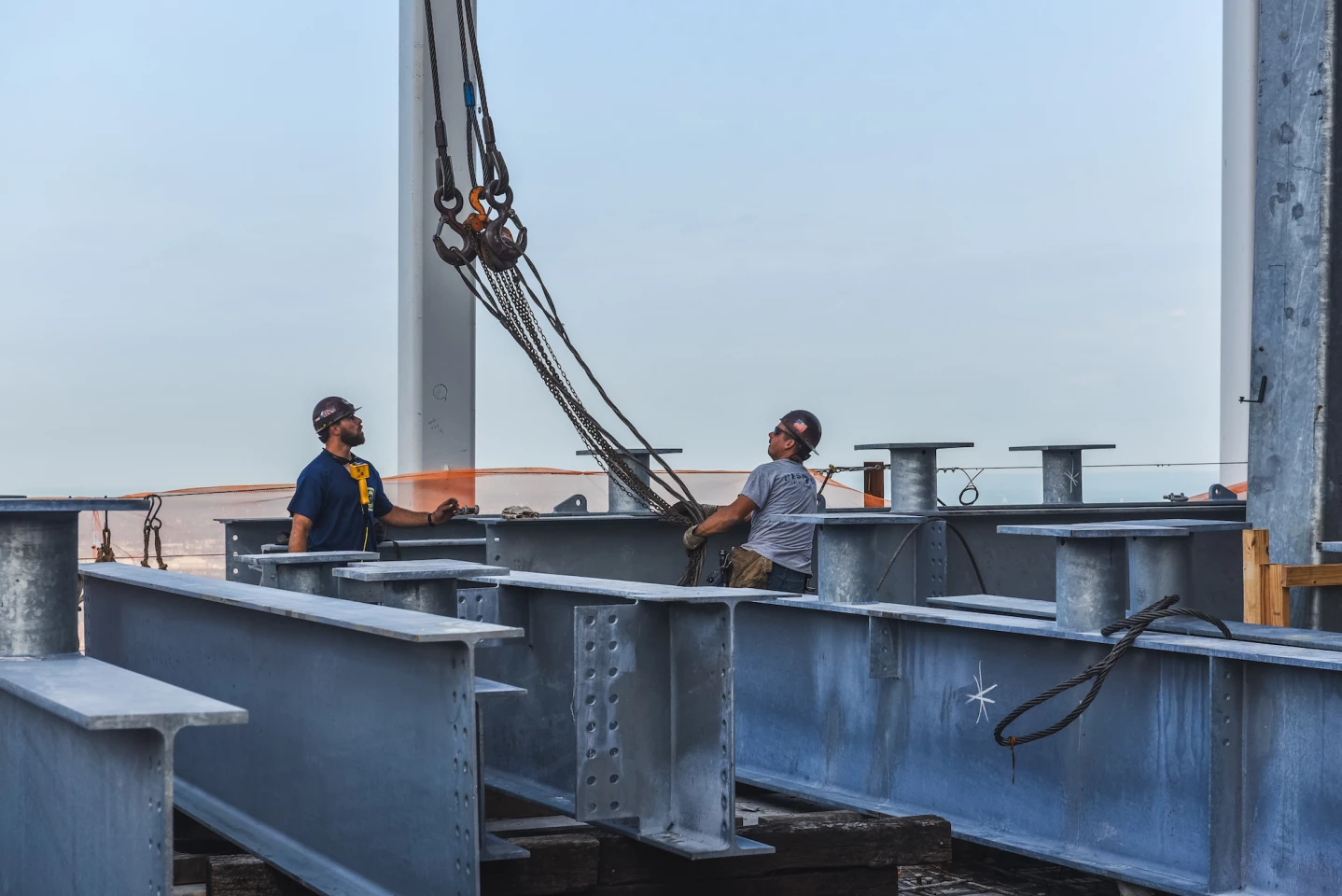
Construction work began in late 2016 and its foundations required that 20 trucks from four different concrete plants work uninterrupted from a Friday evening until afternoon the next day. In all, there were 400 truckloads.
"As One Vanderbilt reaches its full height, its slender, crystalline profile assumes a prominent place on the New York skyline," says James von Klemperer, KPF President and Design Principal. "The same angled geometries translate to the base of the tower, gesturing with generosity to the great landmark of Grand Central Terminal. KPF is proud to have led the design effort, which arose from the collaborative efforts of our studio, SL Green, Hines, and the NYC Department of City Planning."

Once complete, a total of 42 elevators will move office workers around One Vanderbilt's 1.7 million sq ft (roughly 158,000 sq m) of office space, spread over 58 floors. Elsewhere will be garden terraces, dining areas, as well as a pedestrian plaza. Local transport links will also be significantly improved.
The building is slated to receive LEED (a green building standard) certification, though as of writing there's no information available on its sustainable design. ENR New York reported that the budget for the building is US$3.1 billion and that it will boast rainwater collection systems and make use of local materials.
One Vanderbilt is due to be completed in 2020.
